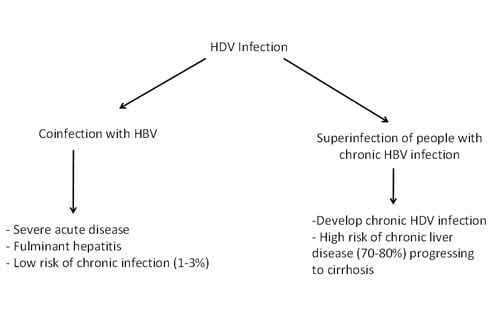


These two viruses can remain stable in the environment for long periods and have been found to be resistant to commercial disinfectants, heat and pH changes The primary transmission mode for NoV and HAV is by the fecal-oral route and these viruses are either transmitted directly by person-to-person contact or indirectly via contaminated food or water. In Ontario about 50 percent of the HAV reported cases are associated with foodborne or waterborne transmission. It is estimated that 67 percent of foodborne illnesses might be caused by NoV in the United States.

There is a public health concern regarding the rapid spread of these two viruses in sporadic and outbreak situations associated with the consumption of contaminated foods. Noroviruses (NoV) and hepatitis A virus (HAV) are the most common viruses associated with foodborne illnesses. The selected sample preparation procedures will then be combined with the real-time PCR assay and validated using artificially-contaminated samples.Įxpected Impact of Project Outcomes on Food Safety in Ontario: Furthermore, elution/concentration and extraction methods will be adapted to optimize concentration of HAV and NoV and removal of PCR inhibitors. The goal of this project is to adapt and optimize a real-time RT- PCR method or develop an alternative method for the optimal detection of the virus. In collaboration with these scientists, we propose to extend the validation of these methods by adapting and optimizing these methods for HAV and NoV detection in fresh produce such as cut and uncut cabbage, lettuce and green peppers, which are often eaten raw. Recently, elution/concentration procedures, extraction procedures and RT-PCR assays for NoV and HAV detection in green onions were developed by scientists at the Canadian Food Inspection Agency (CFIA) and Agriculture and Agrifood Canada (AAFC).

Real-time RT-PCR technology can also generate quantitative data, unlike conventional RT-PCR.Ĭhallenges for the development of a sensitive and specific RT-PCR detection method include the elution and concentration of low virus numbers in naturally contaminated foods and the removal of inherent PCR inhibitors. Since the targeted RNA is simultaneously amplified and detected, post-amplification steps such as gel electrophoresis or sequencing necessary to confirm the identity of PCR products are eliminated, saving time, labor and money. RT-PCR is currently the primary detection method for NoV and HAV however, real-time RT-PCR is a faster, more sensitive method than conventional RT-PCR. However, detection of the virus in naturally contaminated food such as fresh produce has been more difficult due to low virus numbers. Currently, reverse transcriptase PCR (RT-PCR) has been successfully used to detect NoV and HAV in clinical samples. High-risk foods include fruits and vegetables since they may be contaminated by irrigation, by washing with fecal-contaminated water or by infected food handlers. Noroviruses (NoV) and hepatitis A viruses (HAV) are the most common viruses associated with foodborne illnesses and are primarily transmitted through the fecal-oral route. Natural Resources, Conservation, and Environment.Farms and Agricultural Production Systems.


 0 kommentar(er)
0 kommentar(er)
